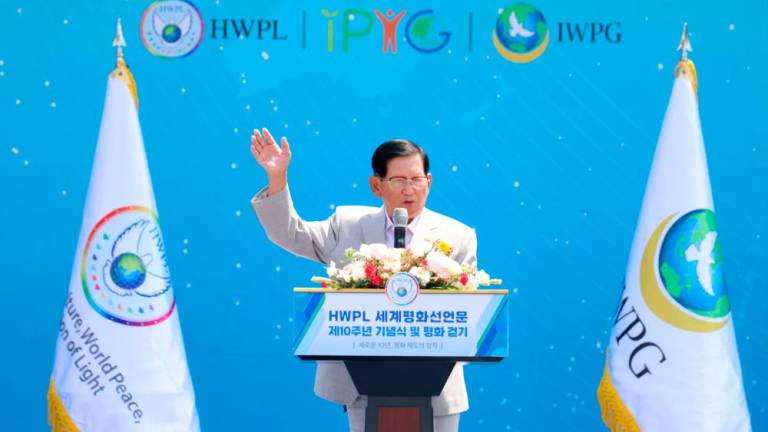PETALING JAYA: Following the record decline in Malaysia’s gross domestic product (GDP) of 17.1% in the second quarter of the year, analysts expect Bank Negara Malaysia (BNM) to cut the Overnight Policy Rate (OPR) by a further 25 basis points before the end of the year.
The economy posted marginal growth of 0.7% in first-quarter 2020.
Malaysia’s GDP contracted 11.2% in the fourth quarter of 1998 during the global financial crisis, the previous highest shrinkage on record.
Bank Islam chief economist Mohd Afzanizam Abdul Rashid said in light of the monetary space that is widely available, another 25-basis point cut in the OPR is quite likely.
“There are certain industries such as tourism and aviation that may not be fully operational in the immediate term, especially when travelling across countries is still very much limited. Therefore, the onus is on the domestic engine to offset the external weaknessess as internal trade would gradually recover,” he said.
He noted that while the decline in output was the biggest ever year on year, the monthly GDP series was quite reassuring as the extent of the decline has improved quite significantly since the economy began to be reopened in May.
“We saw that GDP initially declined by 28.6% in April and later reduced to -19.5% in May and subsequently to -3.2% in June. As the economy continues to be operational, albeit gradually, we can expect economic activities to pick up steam in Q3’20 and continue in the final three months of the year.
“Expansionary fiscal policies adopted by the government and accommodative monetary stand by BNM should help to steer the economy in the remaining period and into next year. The development of a vaccine seems to point to a promising prospect in light of the recent testing conducted by pharmeceutical and biotech companies and some of them have gone into advanced stage. In that sense, we cannot totally rule out the possible discovery of a vaccine although situations are still very fluid,” he said.
As such, Bank Islam is revising its full-year GDP forecast from -1.5% to -4% and it expects 6.2% growth next year.
OCBC economist Wellian Wiranto said the magnitude of the second-quarter GDP hit and the still-uncertain global outlook in the second half would warrant another “insurance cut” akin to the move by BNM’s monetary policy committee at its July meeting.
“Moreover, the timing of the cut would be propitious, as well, as it comes not long before the expiration of the six-month loan moratorium. continuing to help the majority of borrowers amid a still-uncertain environment, easing interest rate burden via another OPR cut could be one factor of consideration by the MPC, especially when inflation outlook remains tame,” he said
CGS CIMB also foresees a revision to the key interest rate in September of 25 basis points to 1.5%, from 1.75% currently.
“Due to the depth of the recession in 2Q20, the negative output gap and labour market slack will persist further into 2022 than initially anticipated. Hence, we think the central bank will seek to deploy further monetary policy space to cushion against downside risks,” it said.
The research house revised down its full-year GDP projection from -3.5% to -4% to reflect the negative surprise in the second quarter, but expects a rapid expansion of 7.5% in 2021.
BNM revised its 2020 GDP forecast last Friday, to -3.5% to -5.5%, a decline from its previous forecast of -2% to +0.5%. In the first half of the year, growth contracted by 8.3%.
Given the first-half decline, UOB Research projects GDP to recover to 2.4% growth in second-half 2020 bringing the full year GDP to -3.5%, with an expansion of 5% to 6% in 2021 as economic activity continues to recover, aided by policy support and a low base effect.
Moving forward, BNM expects the Malaysian economy to recover gradually in the second half of 2020 as the economy progressively reopens and external demand improves. The central bank elaborated that the outlook is underpinned by the rebound in key indicators such as wholesale and retail trade, industrial production, gross exports, and electricity generation.










